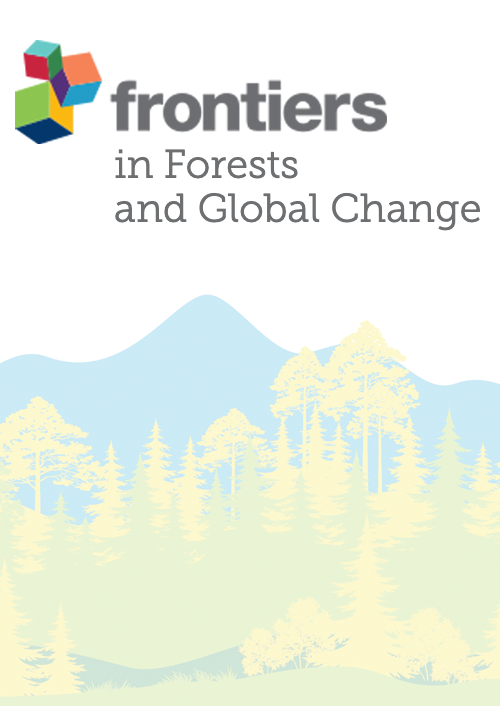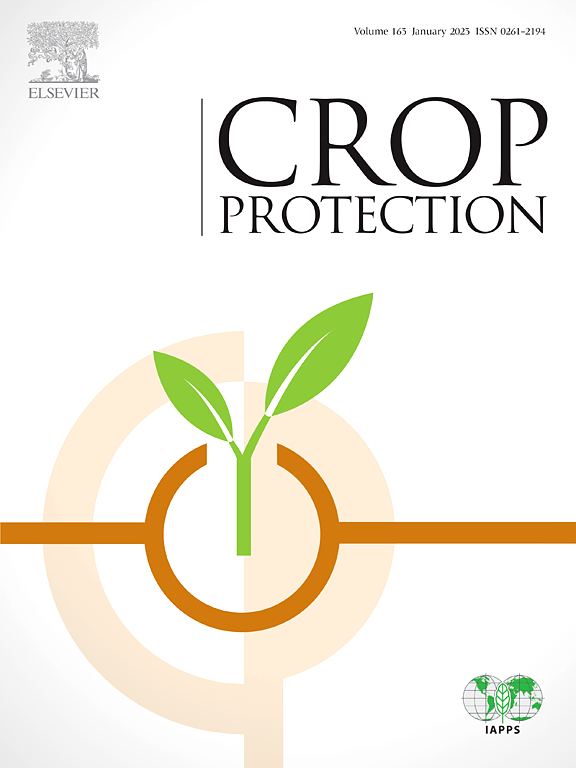Coexistence of species in tropical forests remains an open debate in community ecology. Two main substrates, sandy and clay soils, exist in sites harboring semi-deciduous forests in the central Congo Basin. The way this edaphic heterogeneity affects species occurrences and abundances was investigated. Sampling plots were established on each of the soils in Yoko, a natural forest reserve located in the surrounding of Kisangani (eastern D.R. Congo). Results showed that species react in different ways according to the considered soil. Some species appear to be "edaphic specialists" by their exclusive occurrence or preference towards a given soil. This is the case for species like Scorodophloeus zenkeri, Cynometra hankei, Prioria balsamiferum on sandy soils whereas Alstonia boonei, Antiaris toxicaria, etc. prefer clay substrates. Many others expressed no preference at all. We computed species accumulation curves and tested for the local diversity (Fisher alpha index) among soils. Communities on clay soils appear to be rich and more diversified.
Download:
DOI:
https://doi.org/10.15580/gjbs.2013.10.112913997
Altmetric score:
Dimensions Citation Count:

























